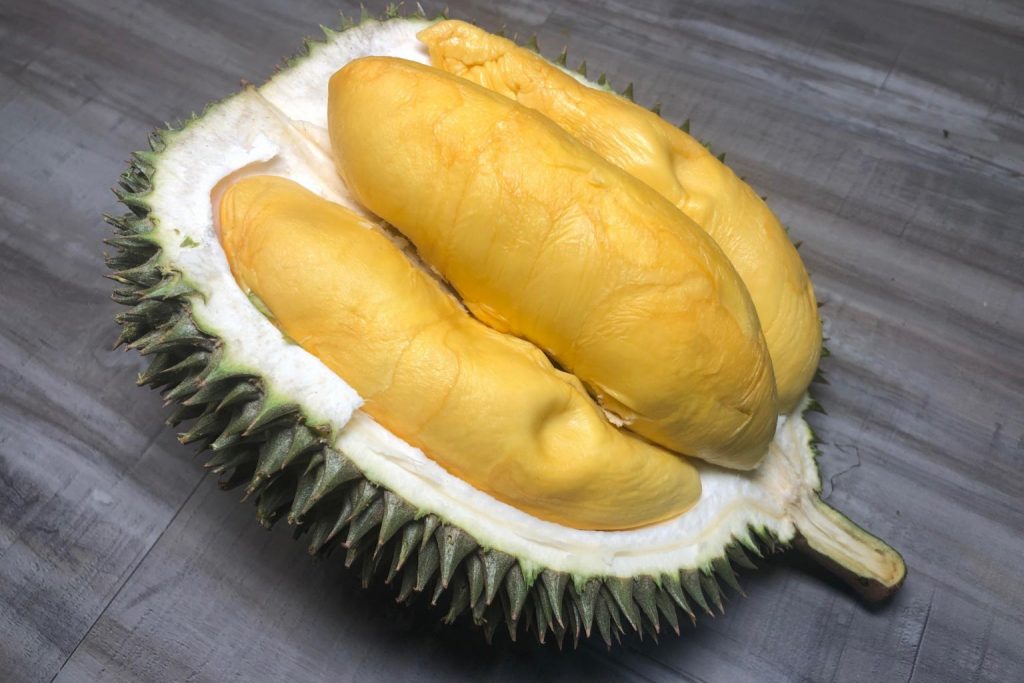
According to a world-famous chef, the “king of fruit”, known in Malaysia as “durian”, has the most fouling smell. Despite that, many Malaysians and a couple of my former Korean neighbours like it so much. Due to its strong odor, the fruit is not allowed into hotels or planes. The bad odor sticks to the fabric of your car for weeks.
We are expecting that people all the world will have the chance to experience the smell of “durian” through digital transmission of smell in the near future.
This article is the first of two articles on emerging digital olfaction or sense of smell.
Marketers have been interested to study the impact of olfaction on purchasing decisions of consumers. Buyers of new cars are excited by the smell of new leather in very expensive cars. Cookies are openly baked to allow their smell to waft in a shopping complex.
According to an article in latest MIT Sloan Management Review, despite the economic and commercial importance of olfaction, there are no robust tools to detect, measure, and manage smells in a scientific manner. This is now changing with the emergence of two branches of digital olfaction technology: one focused on the digital detection and analysis of different odors, and the other on the digital transmissions and re-creation of smells. These technologies could alter a range of industries, from fragrances and food to the environmental and healthcare sectors.
The technology draws on several scientific disciplines., including organic chemistry, silicon engineering, machine learning, data science, photonics, and software engineering. A company. Aryballe (https://aryballe.com), based in France, uses tiny proteins called peptides grafted into silicon wafers that react to the gas molecules associated with different odors. The various digital signatures are then decoded using machine learning and expressed in the terms that humans use to describe smells; woody, floral, fragrant, smoky, and so on.
Another company, Aromyx (www.aromyx.com), based in California in the US, uses the same receptors that are found in the human nose and tongue to identify different odors.
Applications of olfactory detection
The olfaction technology would be able to enhance products’ appeal to consumers. It will also support a variety of uses for improved product quality, as well as human health and safety, in areas as diverse as food, auto maintenance, healthcare, and the environment.
These applications include the following:
Faster and cheaper quality control
Digital olfaction is starting to transform quality control, traditionally a labor-intensive and somewhat subjective activity for many industries. In the fragrance industry, for example, traditionally, teams of highly trained human testers have to assess the quality of different product batches, but the process is time-consuming and ultimately subjective. Aryballe is using digital olfaction to test different fragrances against a “god standard” for the particular scent. The company noted that a fragrance will usually change as it is exposed to the air or to different conditions. By using digital olfaction, it can track how the perfume changes over time as it is exposed to different kinds of skin types, sweat, air conditions, and so on. Based on this analysis., the company helps to create completely new fragrances that have the desired qualities perceived by consumers.
Digital olfaction can also be used to identify minute variations in the quality of food products and detect pathogens that could endanger human health or lead to foods spoilage during supply chain transport. Digital olfaction can greatly aid the search for better and healthier foods.
Adjusting to regional or local tastes.
Many retailers and manufacturers recognize scent as an important factor influencing the consumer appeal of a product, but the consumer-scent relationship varies significantly by region and country, making it difficult to calibrate and measure. Take the automotive industry, for example. It is well- known that new-car smell influences our decision to purchase, but there are strong regional differences. While the aromas of leather, resins, and plastics tend to captivate Europeans and American car buyers, it is a turnoff in Asia, where consumers prefer a more neutral odor. Digital olfaction can help optimize the new-car aroma for different market and car-makes.
Predictive maintenance
Digital olfaction can be used in a range of industries to detect problems before they become apparent, improving safety and reducing the risk of costly unscheduled repairs. In industrial sectors, olfactory technologies can alert people the presence or buildup of dangerous gases in chemical plants or petroleum refineries.
Early diagnosis and prevention in healthcare
We humans have long believed that our olfactory senses provide important clue to our well-being, both physical and mental. Ancient physicians used to smell a sick person’s breath to identify his/her illness. More recently, research has established that canines can detect the early presence of diseases such as lung cancer via breath and urine. Electronic noses have been shown to be around 96 per cent accurate in detecting lung cancer in patients. A good news is that recent research has suggested that digital olfaction could provide a quick and a safe test for the detection of Covid-19.
These developments open up the exciting prospects of low-cost, non-invasive technology to screen for a wide range of diseases and viruses, particularly those that are hard to detect with conventional early-stage screening. An application could be that of a mask that automatically lights up when coming in contact with the coronavirus.
Reducing environmental impacts
Companies and government agencies spend billions of US dollars every year to control or eliminate noxious odors in the environment. Digital olfaction makes it possible to detect, monitor, and reduce emissions at lower cost. Bio-electronic noses can identify harmful pollutants in factories or urban areas, assess water quality, measure soil contamination, check for chemical or hazardous materials in warehouses and harbours.
The next article will be on digital transmission of scents
Reference: Mark Purdy, Max Klymenko and Mia Purdy. Business scents: the rise of digital olfaction. MIT Sloan Management Review Summer 2021, Volume 62 (4).